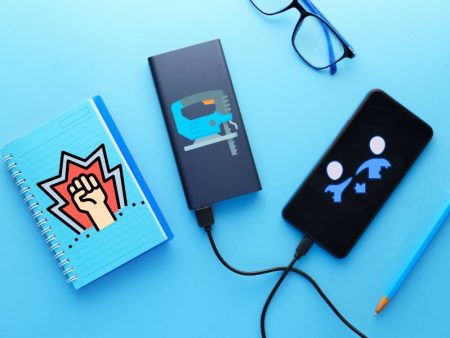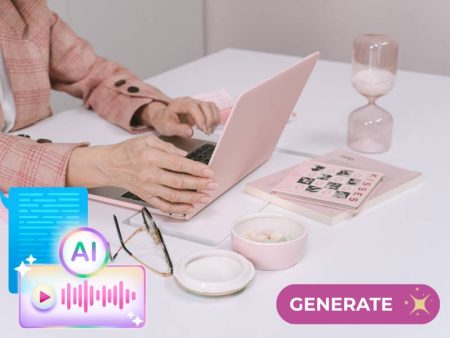Ever been deep in code at 2 a.m., caffeine wearing thin, and thought… “If only I had someone to pair-code with”? Well, now you do—sort of. Pair programming with AI has shifted from futuristic dream to daily routine for many developers. No fancy setup or timezone headaches—just you, your IDE, and an AI helper that never sleeps (or judges your variable names). Let’s dive into how it feels to pair with AI, what you can build together, and key tips to get it right.
The Early Morning Surprise
Picture it: three weeks ago, I was debugging a nasty concurrency issue. Every run hung randomly, threads bottlenecked, logs went wild. I opened my prompt:
Me: “Hey AI, explain why this Java synchronized block is causing deadlock when two threads call methodA and methodB.”
The response? Clear explanation of lock acquisition ordering and thread contention. Moments later I refactored into a single lock object and neatly avoided the hang. I looked at my screen—felt like a coworker just whispered, “Try swapping these two lines.”
That’s Pair‑AI in action. Immediate feedback, conversational pace, human-like banter.
When AI Is Your Co-Worker
I treated AI like a calm teammate:
Me: “Can you generate unit tests for this function?”
AI: Creates tests for happy paths and edge cases
Me: “Add tests for negative and zero values.”
AI: Adds two more tests
We iterated fast. I didn’t feel like I was speaking to a black box—I felt like I was chatting with someone who cared about that tiny edge case too. It felt surprisingly human.
The Tools That Power the Experience
I rely on AI Developer Tools plugged directly into my editor. They give me completions, suggestions, and real-time feedback. When I need scaffolding, I jump to AI Programming Code Generator—it can produce class templates, handle serialization code, or even wrap APIs in client libraries. It’s like having a junior dev who follows instructions diligently.
Emotional Ups & Downs
Pairing with AI isn’t always smooth. There are moments when AI’s suggestion feels off:
I once asked it to generate a React hook. It returned something that worked in local tests—but stalled in production. It turned out the cleanup logic was missing an unsubscription. I sighed, corrected it. Frustration bubbled, but then I felt a smile—I knew AI helped me focus on context instead of boilerplate.
These ups and downs humanize the experience.
Non-Linear Flow: Jumping Between Features
The reality of development: not one task at a time. I jump scenes:
- Generate API client
- Debug leftover async race
- Write HTML+JS modal code
- Add styles, then tests
- Tweak performance
AI flows with me. It doesn’t care about my detours. I ask, it delivers. We jump from one context to another—just like real-world pair programming.
Healthy Dialog: Asking the Right Questions
Effective pairing isn’t just about codes—it’s about dialogue:
Me: “Here’s my SQL query—returns duplicates. How to fix?”
AI: Suggests DISTINCT or GROUP BY
Me: “But performance matters—can you optimize?”
AI: “Try indexing column X, use EXISTS instead of JOIN.”
Me: “Perfect. Now generate Jest tests for the async flow.”
That conversation feels natural. I’m not telling it what to do—I’m explaining my needs; it helps me build the solution.
Tips for Smoother AI Pairing
- Be conversational: ask over multiple steps, not one giant prompt
- Review its suggestions: never trust blind AI output—review and test
- Use scaffolding wisely: generate helper functions, not full modules
- Prompt about context: include environment, dependencies, edge cases
- Use comments and structure: it helps AI align to your style
That Silent Confidence Boost
You know those tough bugs that eat your confidence? Deadlocks, off-by-one errors, memory leaks—they feel like the dev equivalent of insomnia. AI helps shift from panic to confidence:
One evening, I faced a null-pointer in a nested loop. Instead of trembling through Google, I asked AI—within minutes, I had conditional guards and null-safe access operators in place. The feeling of shipping that fix felt like starting the day with a fresh drive, not just surviving.
When It’s Not About Code
Pairing with AI isn’t always code. Sometimes I say:
Me: “Summarize this PR diff in simple English.”
AI: Explains changes, potential performance implications
Me: “Good, draft a PR summary comment based on that.”
AI: Creates a polished PR comment ready to copy-paste
It’s like working with a co-worker who helps you not just code—but communicate clearly to the team.
Real Talk: Where AI Still Falls Short
- architecture decisions: microservice vs monolith? AI won’t help
- UX flows: it can scaffold modals, but not design intuitive user flows
- Ownership: AI can write the code, but you own it—you own responsibility
- Ethical judgment: legal, compliance, bias—AI can’t assess your context
So, partnership not delegation.
A Story: Late Night Feature Push
It was Wednesday night, around 10pm—I needed a file upload form with thumbnail preview and progress bar. Prompted the editor AI:
Me: “Add file input, show preview for images, upload with progress callback.”
It generated functional HTML and JS. I tested it. Then asked:
Me: “Show error messages if non-images are selected.”
AI updated. It felt like co-dev, not code-generator. I polished, tested, merged. Team praised the polish. I realized pairing with AI was still my critical contribution: knowing where edge cases were, knowing design expectations, shipping feeling-good UX.
Mentoring with AI
I love pairing with juniors too. Now I can switch between real partner and AI pair. I say:
Me: “Let’s fix their PR for style and test coverage.”
We scaffold tests via AI, review errors together, refactor code. The junior learns, AI helps reduce grunt work. That’s win-win.
I’m not writing or re-explaining boring boilerplate. I’m coaching mindset, reviewing logic. That’s the human value.
The Future of AI Pairing
Voice-enabled pairing? “Hey code—generate a thumbnail component.” Future IDE will parse voice, generate UI, ask questions you might ask a teammate. And yes, if we get calendar permissions right, it’ll know our schedules and moods too (scary). That future’s close.
Tips for Effective Pair Programming with AI
- Let AI scaffold, you refine
- Keep prompts short, context-rich
- Always review, test, version control
- Use scaffolded code as draft, not final
- Use AI to write docs, test cases, diff summaries
- Tag AI-generated code for traceability
Final Take: The Power of Partnership
Pair programming with AI isn’t just faster code. It’s faster learning, calmer mindset, deeper collaboration—with yourself and your team. Yes, tools matter—but your context, nuance, ethics, intuition—those still matter more.
What I’ve learned over months partnering with AI: It’s a silent co-worker, a calm coach, and sometimes the only one awake at 2 AM. But it trusts you to guide it. And that makes all the difference.
TL;DR
Pairing with AI feels like real collaboration at your keyboard—dialogue-based, iterative, human-led. You prompt, AI scaffolds, you refine. It’s not about replacement—it’s about acceleration. Takeaways:
- Use AI Developer Tools in your editor
- Scaffold with AI Programming Code Generator
- Keep conversation iterative
- Always review and test
- Use AI for docs and diffs too
- Treat AI as teammate, you’re the driver
Pair smart. Write better. Stay human. 🚀
Let me know your experiences—with late-night AI saves, marching bug fixes, or pairing stories. I’d love to laugh, learn, or brainstorm with you.


